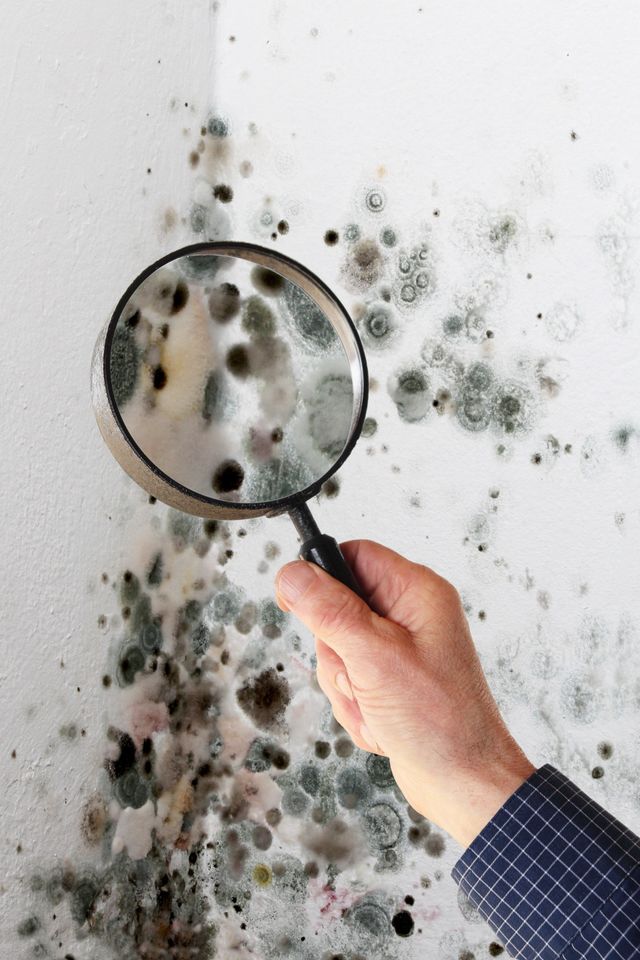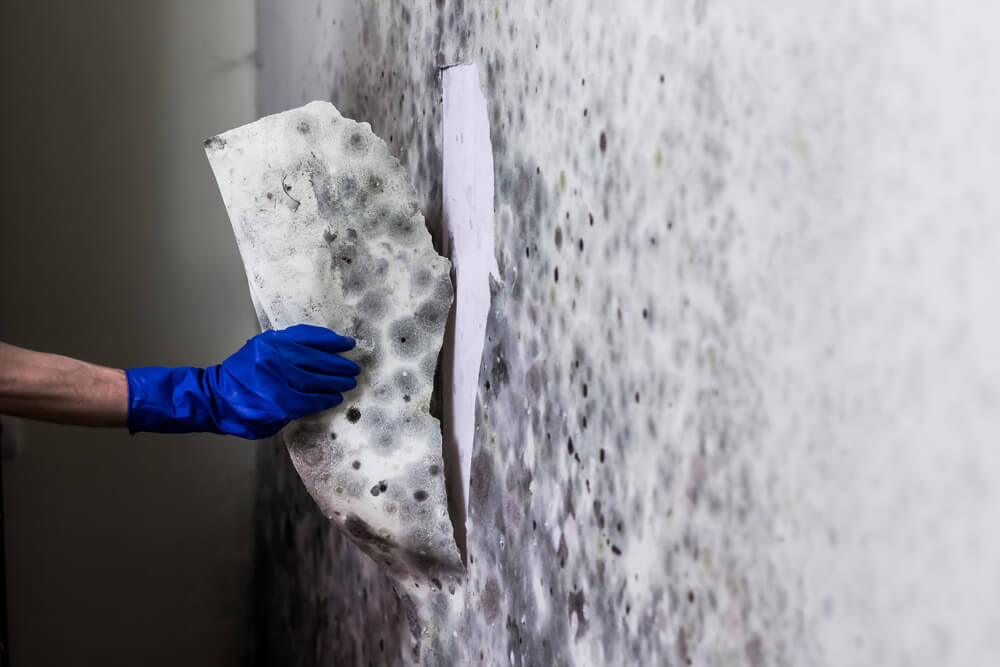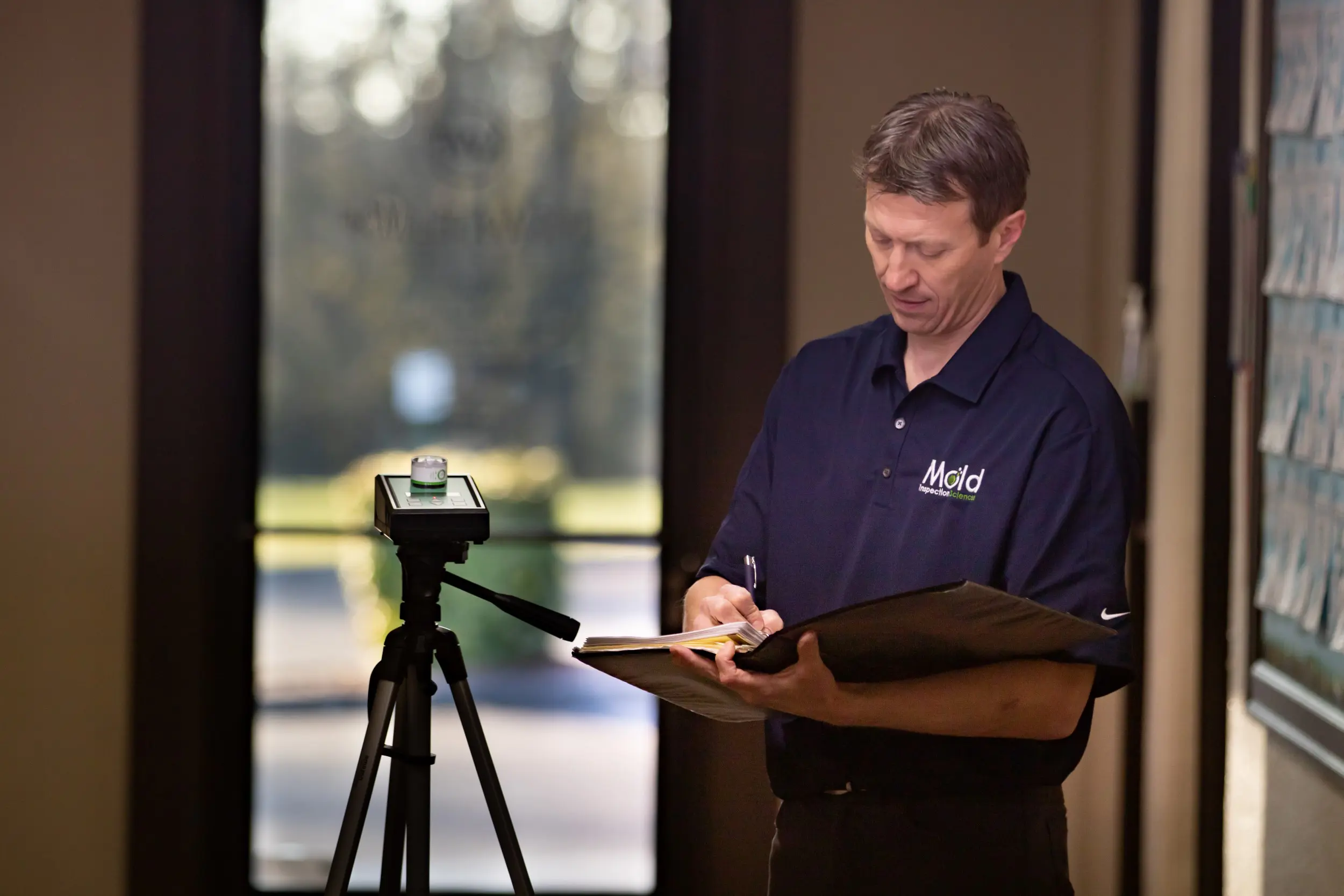Crafting a Thorough Post Mold Remediation Report
Crafting a Thorough Post Mold Remediation Report
Blog Article
Your Ultimate Overview to Article Mold Removal Methods
Browsing the world of post-mold remediation strategies is a careful procedure that demands attention to information and a thorough understanding of the complexities involved. In the results of mold infestation, understanding just how to effectively remove the mold and avoid its reoccurrence is critical for keeping a healthy and balanced interior atmosphere. From selecting the right cleaning and disinfecting methods to implementing techniques for long-lasting mold and mildew avoidance, each step in the remediation journey plays a critical role in making sure an effective outcome. As we embark on this exploration of post-mold removal techniques, we will uncover the crucial strategies and best techniques that can assist you recover your space to its pre-mold condition and safeguard it against future mold and mildew dangers.
Comprehending Post-Mold Removal Process
After finishing the mold remediation procedure, it is crucial to comprehend the post-mold removal strategies that are needed to make certain a effective and thorough cleaning. As soon as the mold and mildew has been gotten rid of, the following action involves cleaning and sanitizing the influenced areas to stop any type of regrowth of mold and mildew.
Moreover, conducting a last evaluation post-remediation is essential to ensure that all mold has been efficiently eradicated. This evaluation should entail an extensive aesthetic check in addition to potentially air tasting to verify the absence of mold spores in the air. Extra removal might be required if the examination discloses any kind of remaining mold. Educating owners on precautionary actions such as managing moisture levels and immediately addressing any type of water leaks can help preserve a mold-free atmosphere.
Efficient Cleaning Up and Decontaminating Techniques

Preventing Future Mold And Mildew Development

Importance of Appropriate Air Flow
Proper ventilation plays a crucial role in stopping moisture buildup, a key consider mold growth within interior atmospheres. Reliable ventilation systems help remove excess moisture from the air, minimizing the chances of mold spores finding the moisture they require to sprout and spread out. Without sufficient ventilation, indoor spaces can become a breeding place for mold and mildew, bring about prospective health threats and architectural damages.
By guaranteeing proper air flow, ventilation systems can additionally aid in drying damp locations quicker after water damages or flooding incidents, further hindering mold and mildew development. Post Mold Remediation Report. In spaces like washrooms, cooking areas, basements, and attic rooms where dampness levels tend to be greater, installing and maintaining effective air flow systems is crucial in protecting against mold and mildew invasions

Monitoring and Upkeep Tips
Given the essential role that appropriate air flow plays in preventing mold growth, it is necessary to develop reliable tracking and maintenance tips to make certain the continued functionality of ventilation systems. Regular examinations of air flow systems should be conducted to look for any indicators of blockages, leakages, or malfunctions that can hinder correct airflow. Surveillance humidity levels within the property is likewise vital, as high moisture can add to mold and mildew development. Setting up a hygrometer can assist track humidity levels and alert home owners to any type of spikes that may call for attention. In addition, ensuring that air filters are consistently cleaned or replaced is important for preserving the performance of the air flow system. Executing a timetable for routine upkeep jobs, such as air duct cleansing and heating and cooling system assessments, can help avoid issues before they intensify. By staying conscientious and proactive to the condition of air flow systems, homeowner can properly mitigate the you could try these out risk of mold and mildew regrowth and maintain a healthy indoor setting.
Final Thought
In verdict, post-mold remediation methods are crucial for ensuring a safe and tidy atmosphere. Understanding the process, implementing efficient cleaning and decontaminating techniques, stopping future mold development, maintaining appropriate ventilation, and routine monitoring are all essential action in the remediation process. By complying with these guidelines, you can effectively remove mold and avoid its return, working or promoting a healthy and balanced living area for all owners.
In the after-effects of mold invasion, recognizing how to properly eradicate the mold and stop its reoccurrence is critical for keeping a healthy indoor atmosphere. As soon as the mold and mildew has actually been removed, the next step involves cleansing and sanitizing the influenced areas to prevent any type of regrowth of mold and mildew - testing air quality after mold remediation. After removing visible mold growth, it is crucial to clean all surfaces in the affected location to eliminate any continuing to be mold spores. To further boost mold prevention procedures, it is vital to resolve underlying problems that initially led to mold and mildew advancement.Offered the vital duty that appropriate ventilation plays in protecting against mold growth, it is crucial to establish reliable tracking and maintenance pointers to ensure the ongoing performance of ventilation systems
Report this page